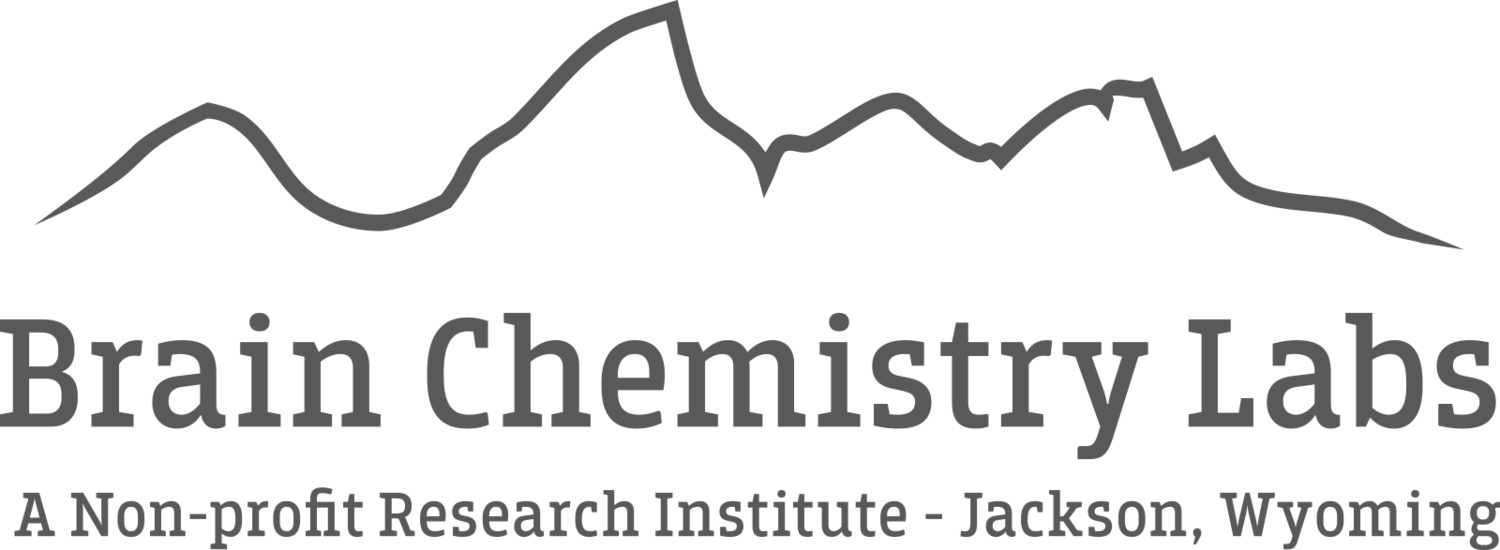Neurodegenerative diseases all share a common problem, proteins accumulate in the brain. We have found that an environmental neurotoxin can trigger two kinds of protein build up known as brain tangles and amyloid plaques.
This toxin links us directly to Alzheimer's disease, Amyotrophic lateral sclerosis, Parkinson's disease, Progressive supranuclear palsy (PSP), Lewy body dementia, Frontotemporal dementia (Pick's disease).
New Drugs
The Institute for Ethnomedicine discovered the dietary amino acid L-serine as a possible new ALS drug through careful studies of the mechanisms of protein misfolding. Currently, L-serine is in FDA-approved human clinical trials sponsored by the Institute and being conducted at Phoenix Neurological Associates. Human clinical trials are also being developed with the Forbes Norris MDA/ALS Research & Treatment Center at California Pacific Medical Center and the Dartmouth-Hitchcock Medical Center.
Guam Cycad in Habitat
We discovered that BMAA (beta-N-methylamino-l-alanine), a potent neurotoxin, is produced by cyanobacteria in the roots of the cycad trees of Guam. Through various pathways, BMAA enters the traditional diet of the Chamorro people of Guam. These villagers suffer one of the highest rates of an ALS-like disease in the world. In a blinded study, we found BMAA in brain tissues of Chamorros who died of ALS/PDC but not in brain tissues of healthy control patients. We have also isolated BMAA from the brain tissues of ALS and Alzheimer’s patients from North America, but not in healthy controls. Our findings were replicated by the University of Miami Department of Neurology.
Through collaborative studies with Drs. Ken Rodgers and Rachael Dunlop in Sydney, Australia, we found that BMAA mimics the amino acid L-serine and inserts itself into neuroproteins, causing them to misfold and tangle. In both in vitro and in vivo studies we found that increasing L-serine can prevent BMAA misincorporation and resultant protein misfolding.
A biomarker which could aid in the rapid diagnosis of neurodegenerative disease would be of tremendous clinical benefit. Research at the Institute for EthnoMedicine suggests that BMAA can serve as such a biomarker. The Institute has invented a non-intrusive test for BMAA in the hair. If BMAA proves to be a biomarker for neurodegeneration, this test could allow rapid screening of large numbers of people, aiding not only in diagnosis of disease, but also in identification of those who are at high risk of BMAA-induced neurodegeneration. There is currently no commercially available BMAA testing for private individuals.


